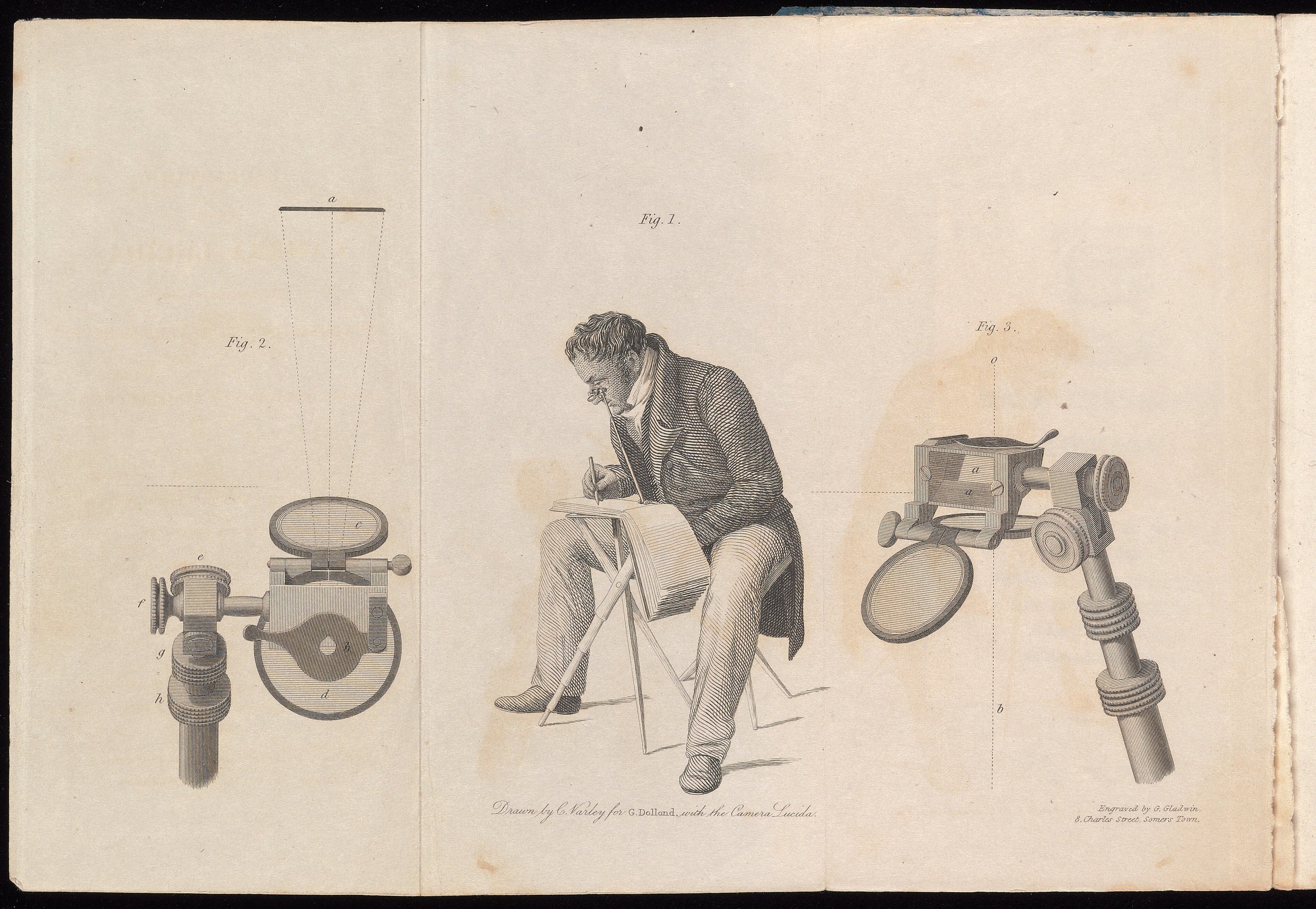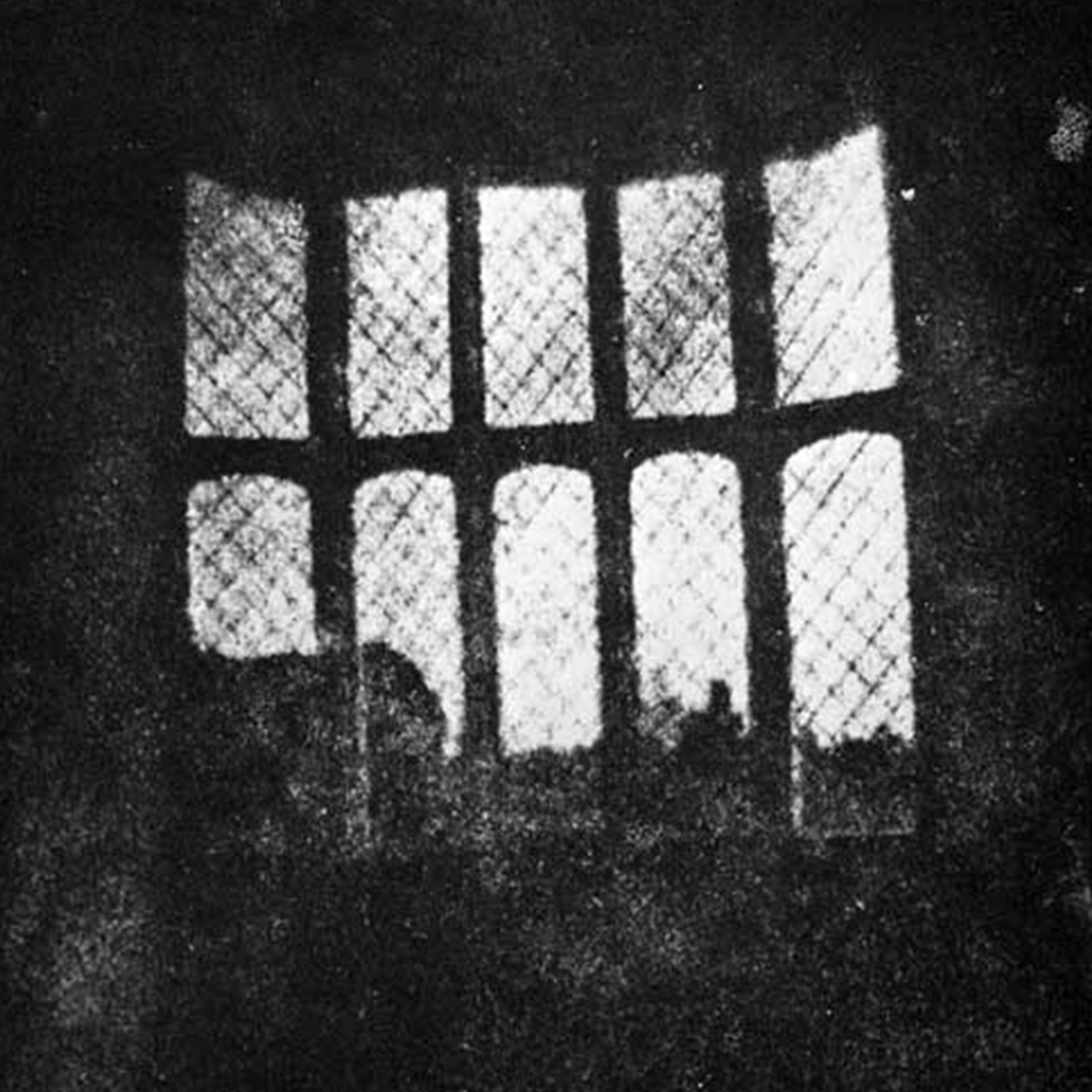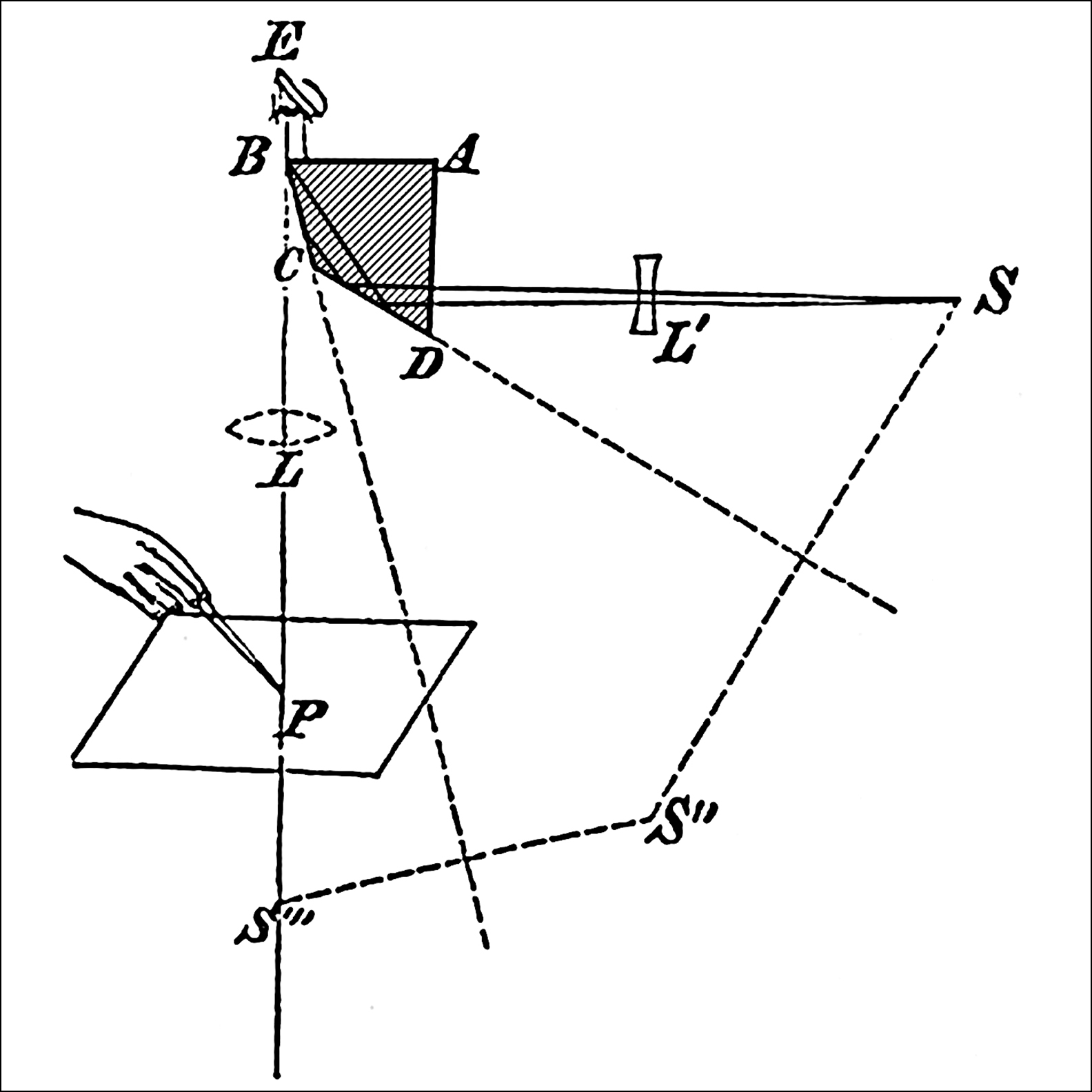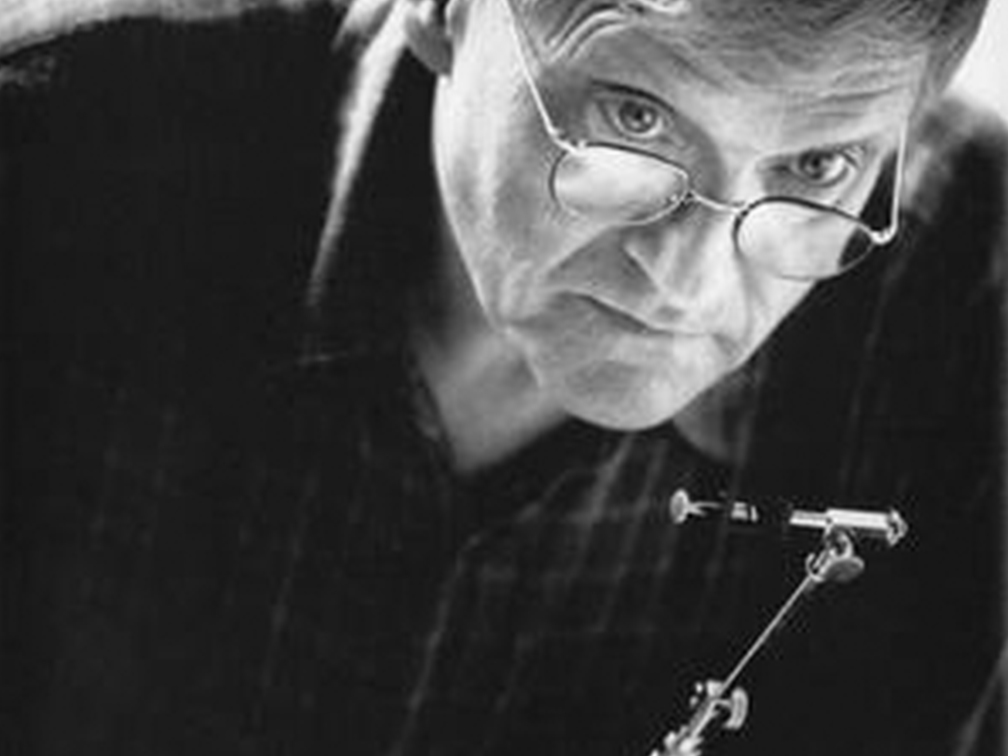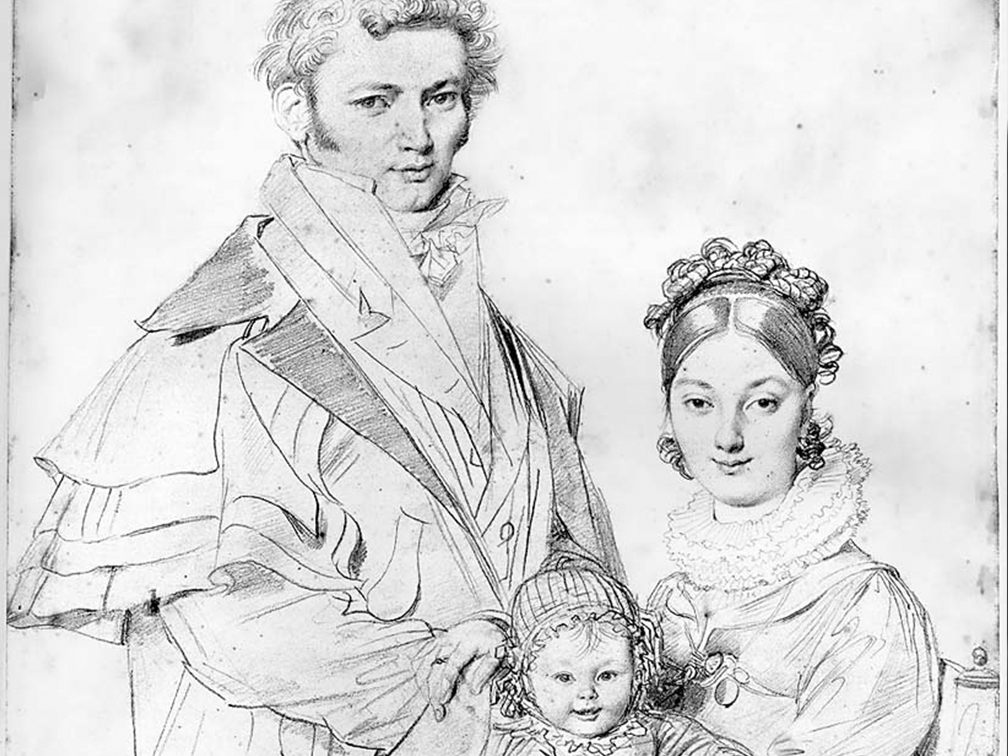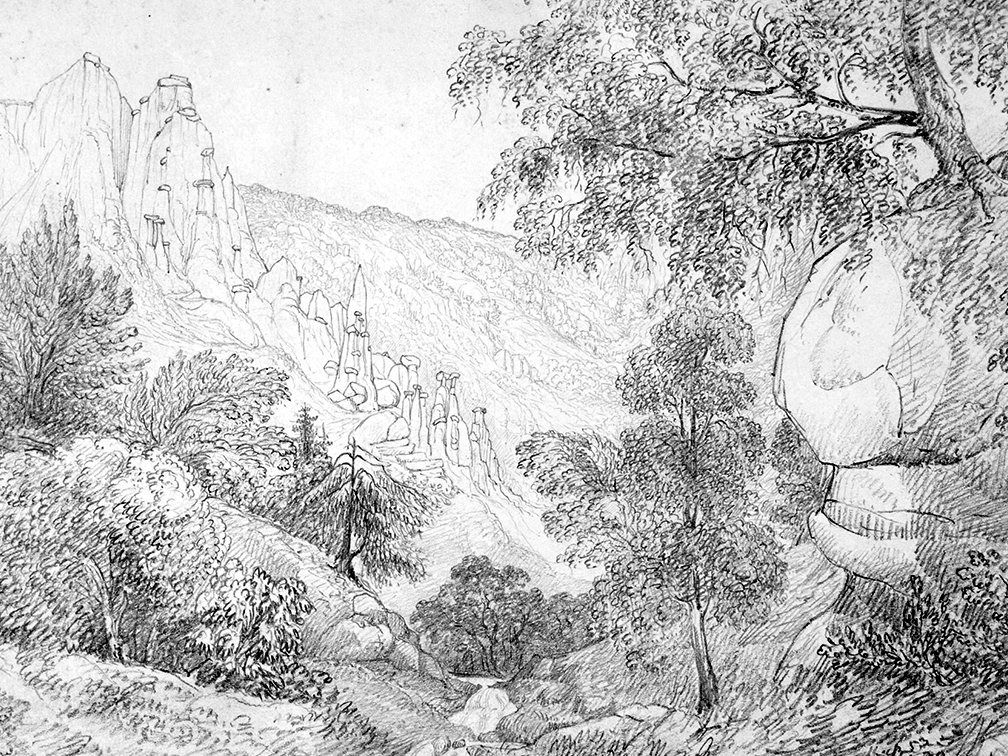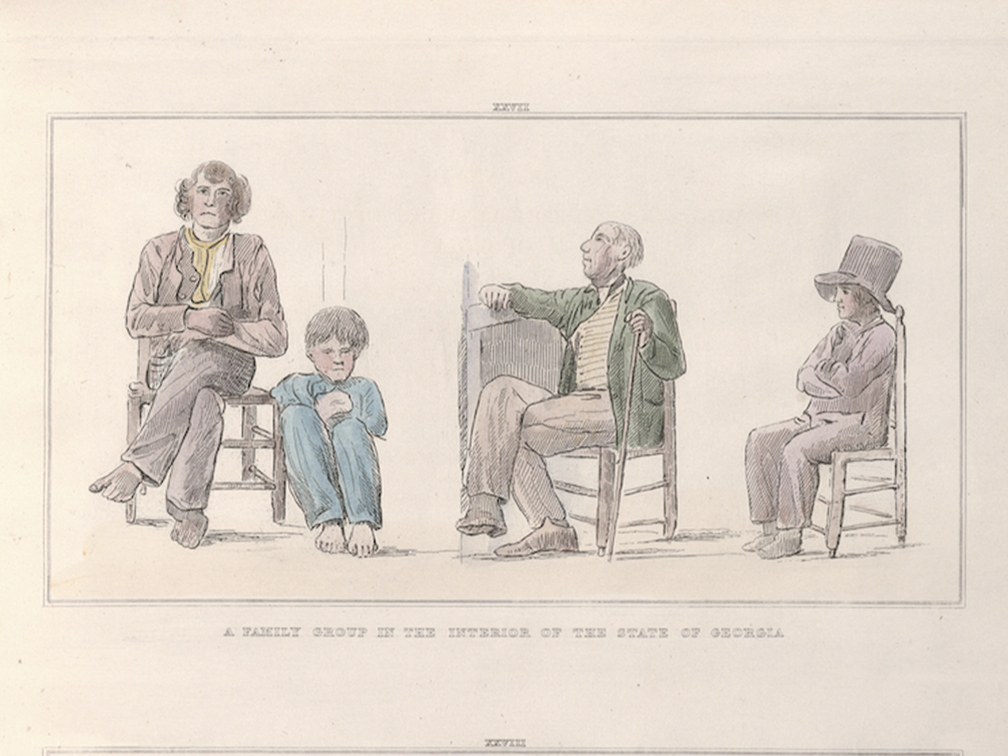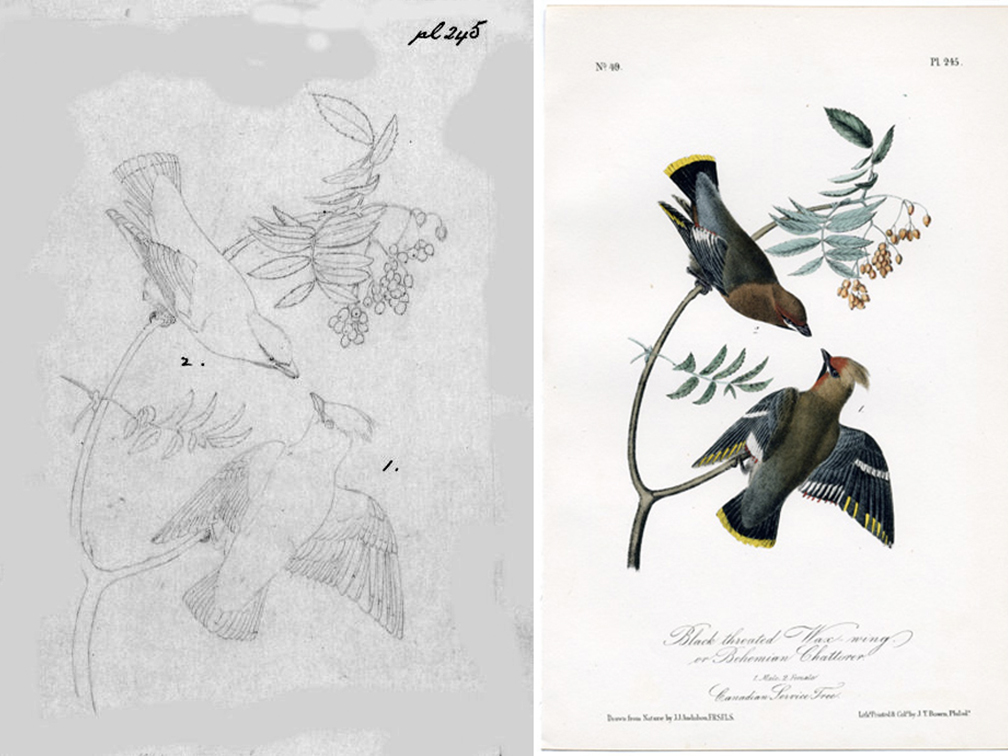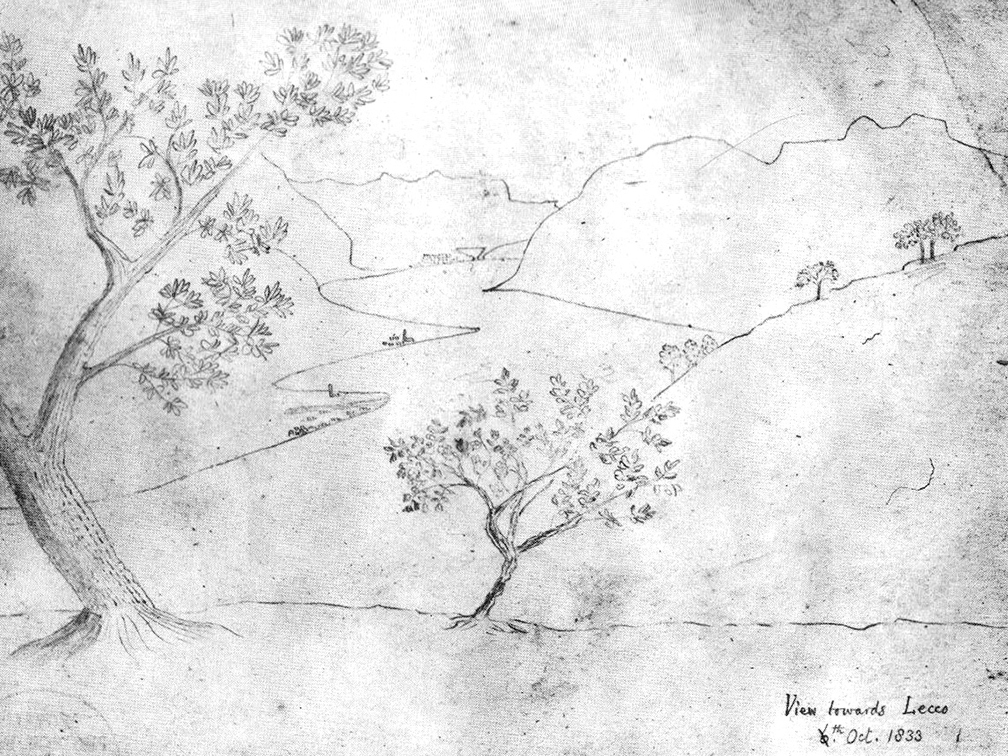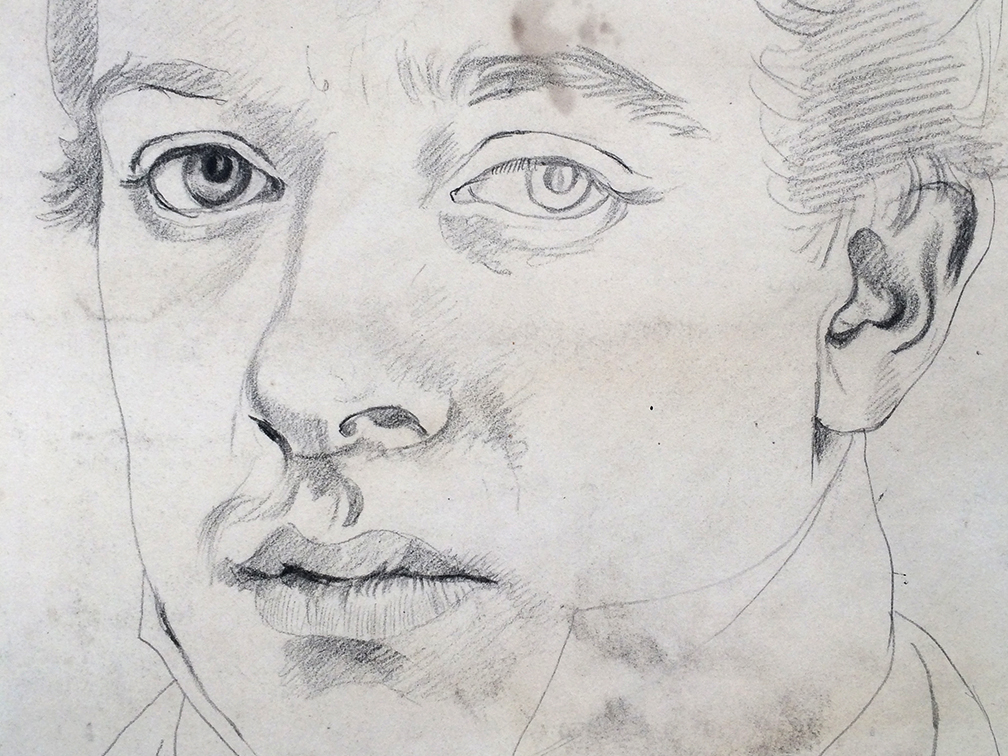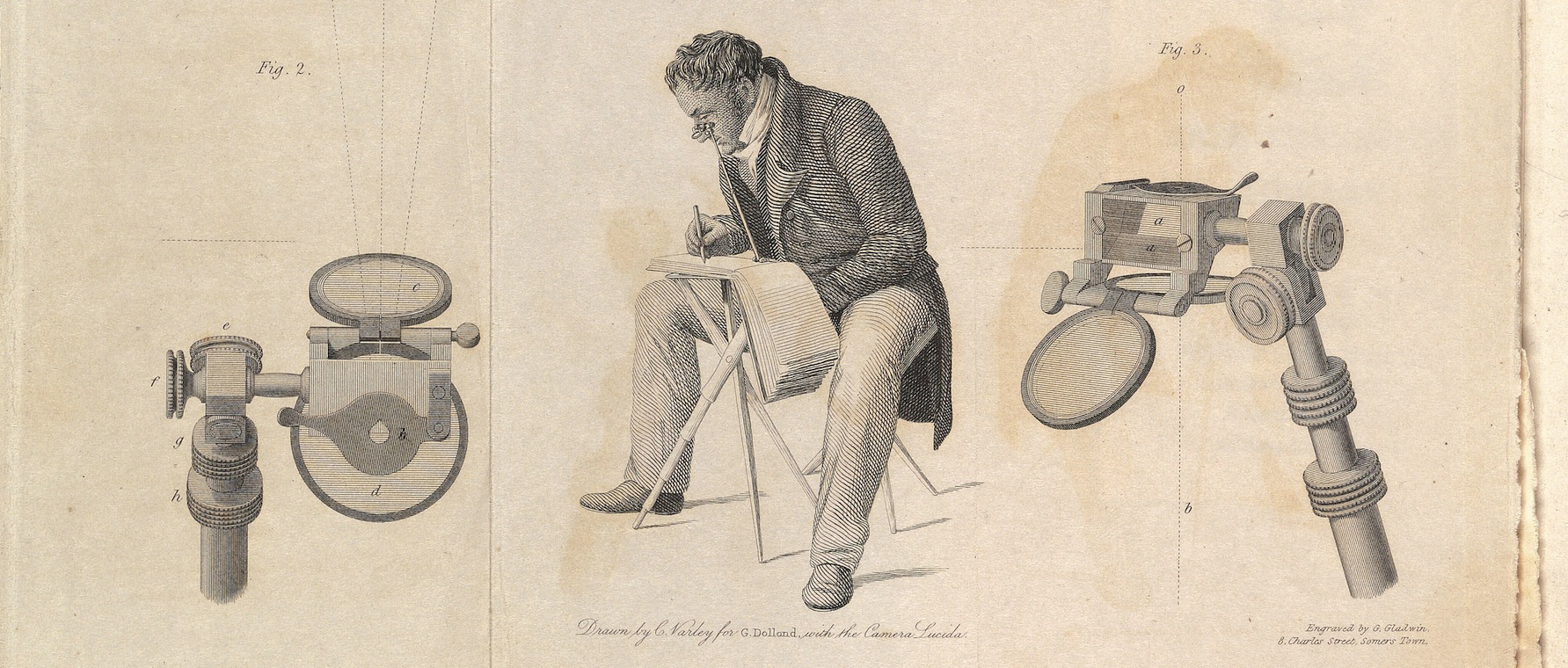George Dollond, the original manufacturer of Sir William Hyde Wollaston's camera lucida, from Description of the camera lucida, 1830
The Camera Lucida: A Brief History
In 1806, Sir William Hyde Wollaston patented the Camera Lucida—and brought life-drawing to a whole new level. Wollaston’s device was simple: a prism on an adjustable stand. When an artist looks down through the prism, they see the world in front of them, plus their hand on the page, combined in perfect superimposition.
In short, a camera lucida allows you to trace what you see. And it does so in full daylight; there’s no need for a dark shroud or enclosure, as with a camera obscura. And that is the magic of the camera lucida: it’s portable, easy to use, and—with a little practice—you just copy the world onto your page with a confident hand.
By the mid-1800s, camera lucidas were everywhere. Indeed, the device is so effective in assisting accurate life-drawing that, according to the controversial Hockney-Falco Thesis, it’s now believed that many of the most admired drawings of the 19th Century, such as the Neoclassical portraits of Jean-Auguste-Dominique Ingres, could only have been made with a Camera Lucida. This becomes astonishingly clear if you try one—an experience we hope to share with as many people as possible.
The Camera Lucida was the latest in a quest for automated drawing stretching back to the Renaissance. Almost immediately after the invention of linear perspective—a set of graphic and mathematical rules for constructing realistic drawings—artists proposed mechanized ways to draw from life. Using screens, strings, and articulated mechanical linkages, these drawing machines promised ever-increasing ease for the aspiring sixteenth century artist. The Camera Obscura, specular surfaces like convex/concave mirrors, and advances in lens grinding made the seventeenth century the optical century. This lineage leads straight to the 1800s, when Wollaston creates the most advanced drawing aid yet—the Camera Lucida.
Camera Lucida Long Reads
As part of the original 2013 NeoLucida crowdfunding campaign, I answered some frequently asked questions about the history and design of the camera lucida in the form of short art history essays we called "Interludes." People were enthusiastic about a tool that helps them draw, but didn't know a lot about this forgotten technology. They had a lot of questions. So I put on my art professor hat and got writing.
Obscura vs. Lucida
Lots of people asked us: "A camera lucida? Is that anything like a camera obscura?" In this essay, I break down the difference between obscura and lucida.
Three Cameras
The camera lucida has a special place in media history, thanks to its central role in the invention of photography. How did a simple little device inspire an imaging revolution?
A Closer Look
We call the camera lucida a "prism on a stick", but there's more to it than that. How does it actually work? What are the optical principles that allow you to trace directly from real life?
Who used the camera lucida?
In the days before photography was invented, artists, scientists, designers, and illustrators all found value in using a portable tool that could help accurately render real life on paper.
(Click on the artists below to learn more)
Vintage Camera Lucidas
How does the NeoLucida stack up to vintage camera lucidas? Take a closer look at my personal collection of camera lucidas from 1815 through the 1980s.
Historical Camera Lucida Documents
See how camera lucidas were documented and marketed to aspiring artists and designers throughout the last two centuries.

